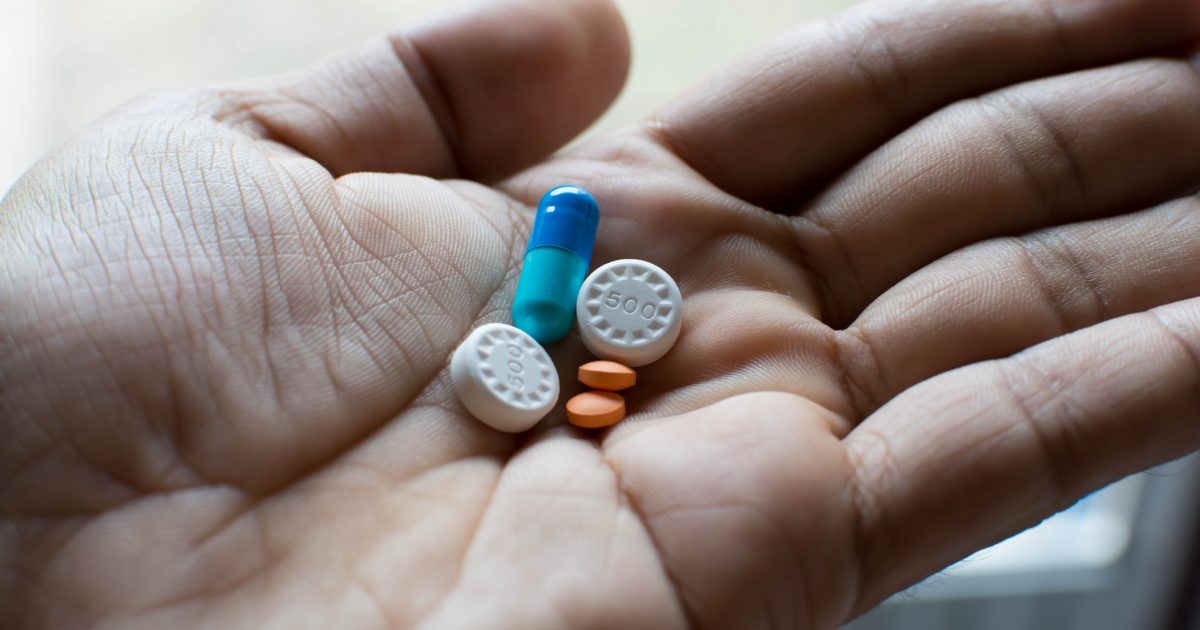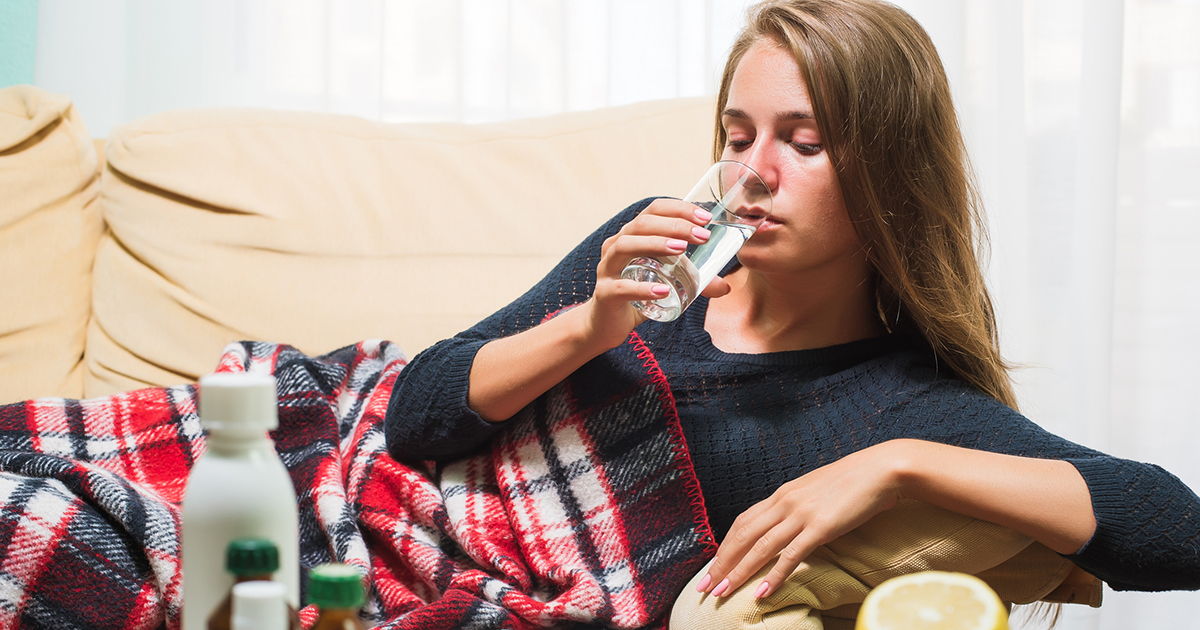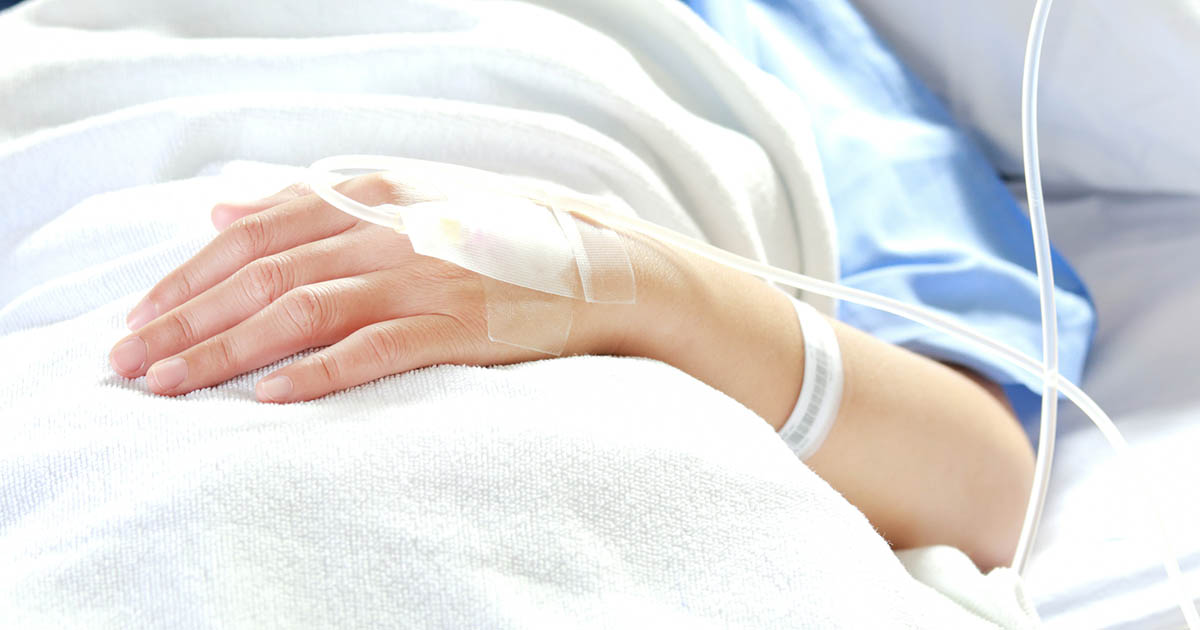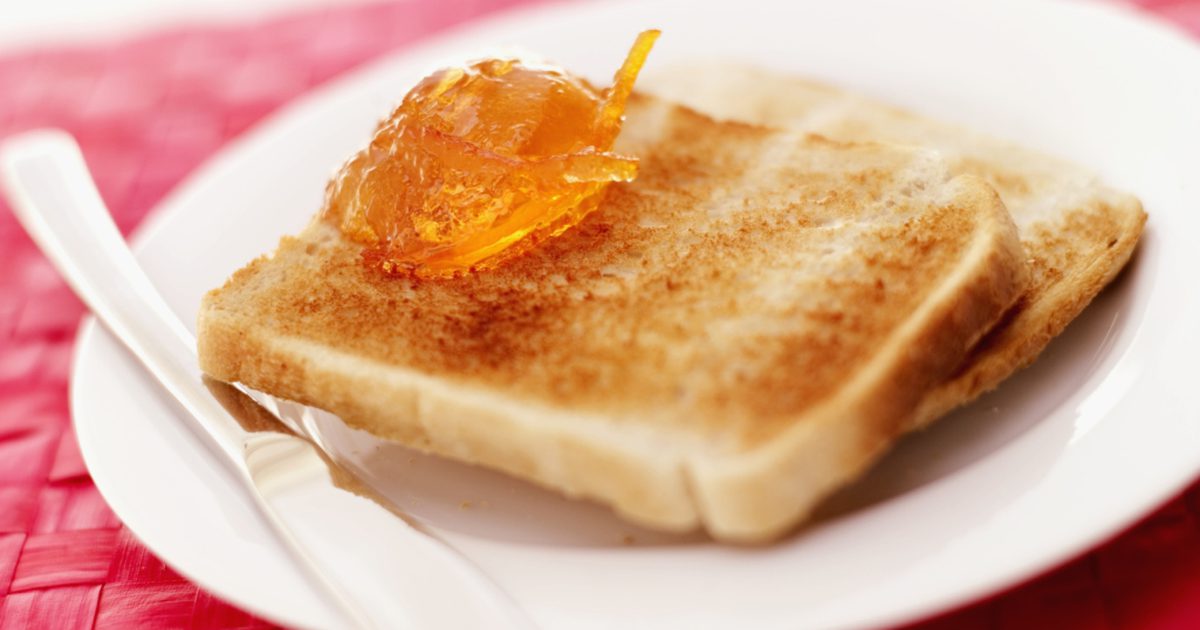Ways To Treat Campylobacter
Campylobacter bacteria is curved shaped or comma-shaped and can cause disease in humans and animals. It thrives in poultry and is contracted by eating contaminated food. This bacteria can also spread from humans by being in contact with an asymptomatic infected animal. There are more than a dozen types of Campylobacter species that make individuals sick.
One of the most common causes of bacterial foodborne diseases is due to C.jejuni and C.coli bacteria. They can survive in low oxygen environments and are non-fermentative. Once infected with campylobacter, it can be difficult to kill. Get to know the various options, stemming from home remedies to medical intervention, for treating Campylobacter now.
Antibiotics

Each year over one million individuals become sick from campylobacter in the United States. These illness are caused by eating raw or undercooked meat. You can also get sick from drinking contaminated water or unpasteurized milk. The bacteria is spread by contaminated feces and typically incubates in the gastrointestinal area for up to seventy-two hours. The signs of campylobacter include diarrhea, fever, abdominal cramps, nausea, vomiting, and pain.
Although many strains of Campylobacter can be treated with fluids and electrolytes, a few strains require antibiotics. To make an accurate diagnoses a specimen of feces must be tested by an authorized lab. If tested positive, antibiotics can be given to kill the bacteria. The most common types of prescription medication for Campylobacter in adults are macrolides, quinolones, and tetracycline. When children are infected, they are prescribed azithromycin and macrolides. Ampicillin, amoxicillin, ciprofloxacin, and levofloxacin are also given to get rid of resistant bacteria.
Get to know the next treatment for campylobacter now.
Replenish Fluids

Since Campylobacter causes diarrhea, it makes the body lose water, and in some instances, diarrhea can be dangerous and lead to severe dehydration. The signs of diarrhea are increased bowel movements, loose stools, and abdominal pain. The bacteria can infect the digestive tract where it lives for a long time depending on the strain and wreak havoc on the digestive system. Campylobacter affects individuals globally and is considered a common contributor to diarrhea and human gastroenteritis. Even though the infection is usually not serious, it can be dangerous for the elderly, young children, and those with weakened immune systems. If diarrhea becomes severe in babies, it can lead to death even when there are no complications.
When someone does become ill with campylobacteriosis, they must drink plenty of fluids. These liquids should also contain electrolytes, so the body is provided with all the necessary nutrients for recuperation. It is important to replenish fluids lost due to diarrhea to rehydrate your body with salt and water. You can drink clear fluids, fruit juices, sports drinks, and water with added electrolytes.
Get to know the next treatment now.
Intravenous Fluids

As you know, when the body is infected with campylobacter, patients come down with severe diarrhea. They have loose stools that can be bloody and intense abdominal pain. The C. jejuni is a strain of the bacteria that cause acute enteritis, which is an inflammation of the small intestine and can include the stomach and large intestine.
The dehydration that accompanies diarrhea can lead to complications, so it is imperative to regain fluid retention. Sometimes patients become too ill and require intravenous fluids to help introduce fluids into the body. These fluids must be administered in a healthcare setting with medical professionals to monitor delivery.
Intravenous fluids are administered through a peripheral IV line in the arms, hands, legs, and feet. This way, liquids can enter the body immediately and replenish your system with much-needed nutrients. Since the liquid does not need to pass through the digestive tract, abdominal pain does not interfere with delivery.
Continue reading to learn more about treating campylobacter now.
Bland Or Low Fiber Diet

Since the symptoms of Campylobacter can last for up to five days, your appetite will most likely be suppressed. The abdominal pain can last up to ten days and make you unable to eat properly. The side effects include fever, diarrhea, vomiting, and muscle pain, which can make you stop eating. During this time, you may want to eat a bland or low fiber diet to help build up your appetite. A bland diet contains foods that are typically soft and easy to digest. The food you eat must be cooked thoroughly, and you must abstain from eating high-fat foods and only eat low-fat dairy items.
Although you must be careful with dairy products, drinking milk and eating yogurt should not exacerbate symptoms. When recuperating from the infection, eat cooked, canned, and frozen vegetables and drink plenty of fruit and vegetable juice to maintain your body’s equilibrium. Eat applesauce and canned peaches to soothe your stomach. Consuming bread, crackers, and pasta will help alleviate symptoms as well.
Continue learning about treating this infection and keep reading now.
Plenty Of Rest

Sincecampylobacter makes you extremely ill, it is important to get plenty of rest. The number of electrolytes and fluid loss can leave you feeling fatigued and weak. Signs of fatigue are a headache, dizziness, muscle weakness, and slow reflexes. You may want to sleep more to allow your body to heal and to regain motivation.
Once again, continue to drink plenty of fluids because it helps to strengthen your physical health. If possible, stay at home until the symptoms have subsided and you are feeling well. Do not go to work or participate in any strenuous physical activity, because it can cause a relapse. When you are on the mend, try taking warm baths and aromatherapy to help you rest. Expose yourself to sunlight and allow natural sunlight to enter your home. Avoid staying up late and make sure you eat to help your body heal.